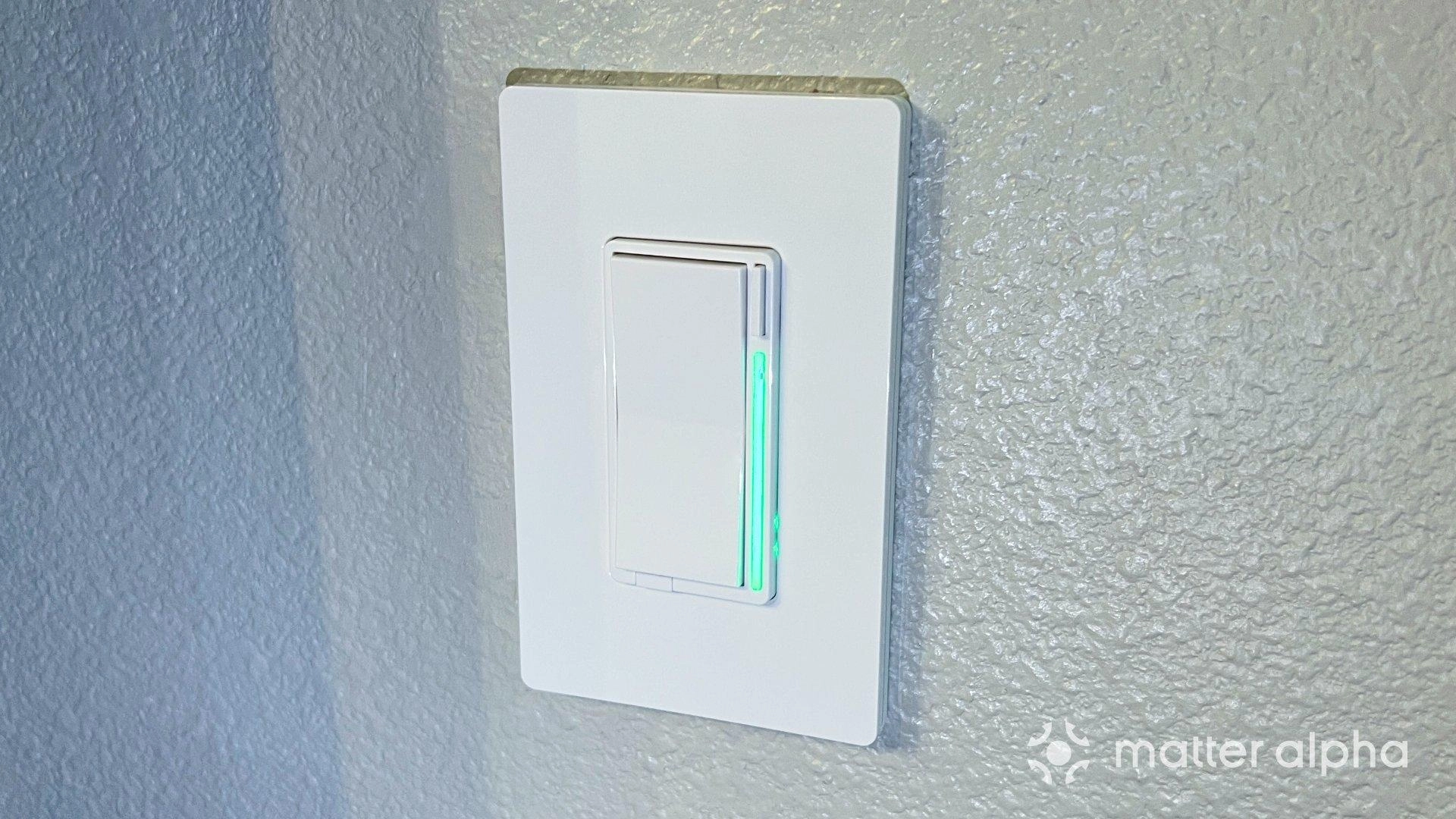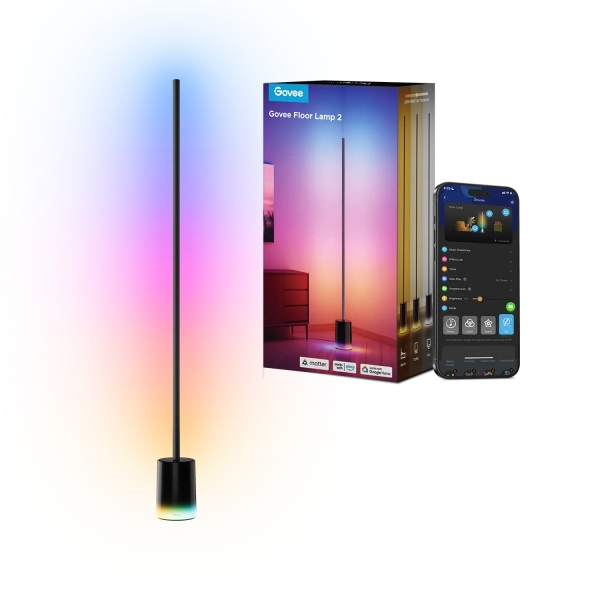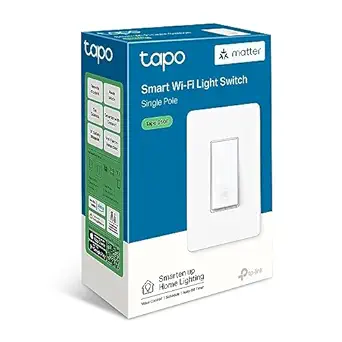Many smart devices take products that would otherwise last decades and add features that, while nifty, render these products useless once the manufacturer cuts the cord. Not so with Matter. With this smart home standard, we can enjoy interconnected devices without the fear that each investment will reach a landfill after only a handful of years.
Matter devices aren’t dependent on cloud-based apps
Many internet-connected devices rely on a specific app in order to function, as is the case with some floor lamps that can only change color when paired with an app. The original Govee Floor Lamp, for example, required the Govee app to function. This is part of a trend that isn’t exclusive to the smart home. Consider Insta360 action cameras, which don’t even function without first pairing with the Insta360 app.
Matter is a solution to this problem. Matter an open standard with growing adoption, and interoperability is a core part of how it works. By definition, a Matter-compatible device cannot be limited to a single app since it must work with any smart home platform that supports Matter, whether those are private and locally owned hubs like Home Assistant or mainstream commercial options like Apple HomeKit, Samsung SmartThings, or Google Home.
That brings us back to the Govee Floor Lamp. While the original model is dependent on Govee, we've reviewed the Govee Floor Lamp 2 due to its included Matter support. I have two in my home, and I've never used the Govee app.
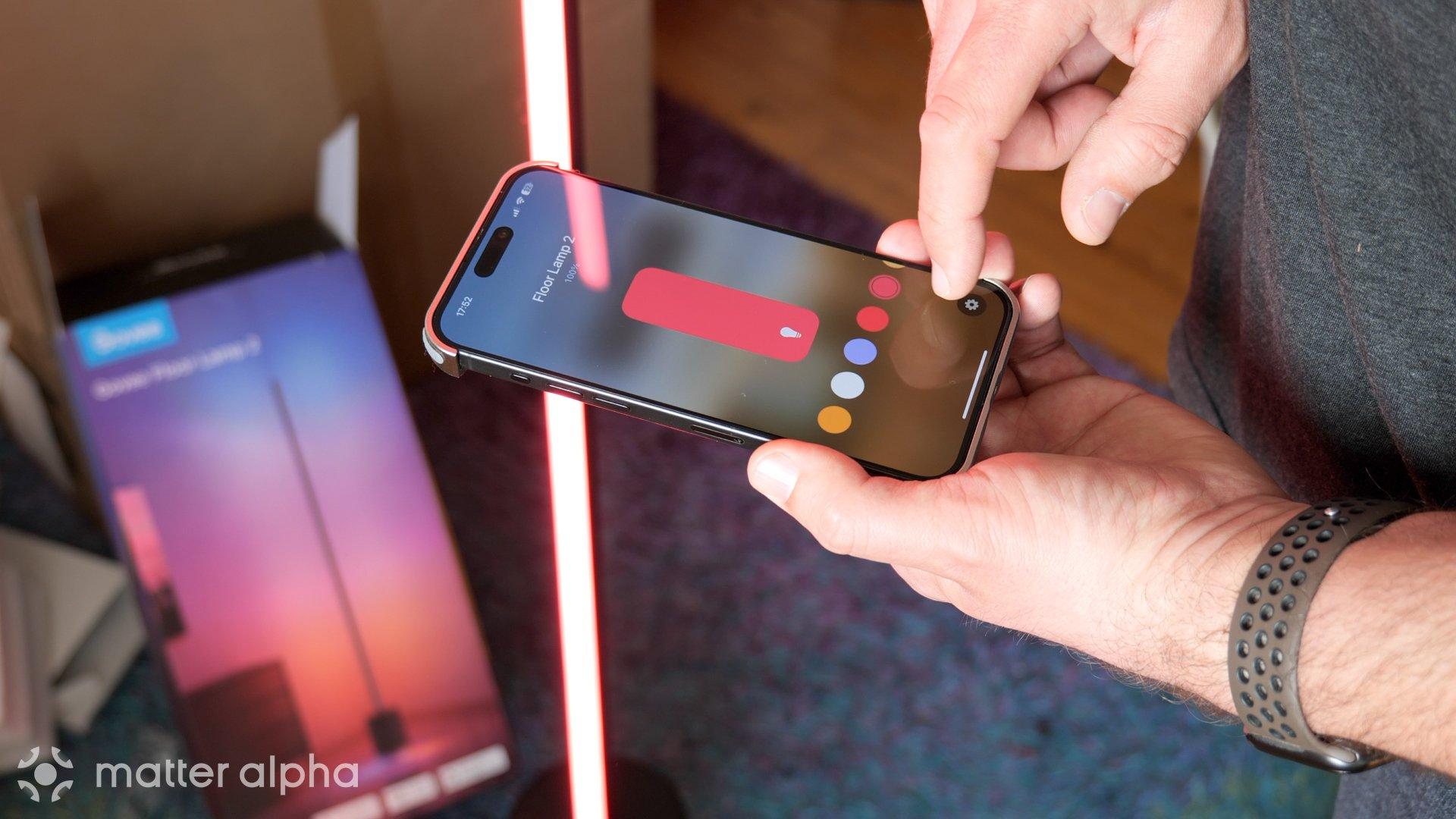
These devices continue to work once creators lose interest
Some smart home products get bricked when the company behind them decides to shut down their servers, as Belkin recently demonstrated by ending support for its Wemo devices. Others effectively get locked down when a company undergoes a transition to a new business model, often as a result of an acquisition, as is the case with Futurehome.
By contrast, my Govee floor lamps may provide more features through the Govee app than via third-party smart home apps connected via Matter, but the latter still allows me to dim the lights, change their colors, and add them to automations. That’s all I want to do anyway. If Govee shuts down, my lights will continue to integrate with the rest of my smart home.
Govee Corner Floor Lamp 2
Best Price
We can use our smart devices for much longer
Through dependency on bespoke apps, a smart thermostat or doorbell takes something that would have lasted decades and turns it into yet another consumer electronic you have to replace every few years, all while costing more money. This is both terrible for our surrounding environment and our wallets.
Matter devices can be trusted to provide a base level of functionality for years to come. When I swap out my existing light switches for Tapo smartwitches, I’m doing so with confidence that I will get many years of usage out of these switches. Whether they last twenty or thirty years will be a question of whether the build materials and electronics hold up. I’m confident Matter will still be functional, even if the industry eventually abandons it and I would have to rely solely on options like Home Assistant to keep things going.
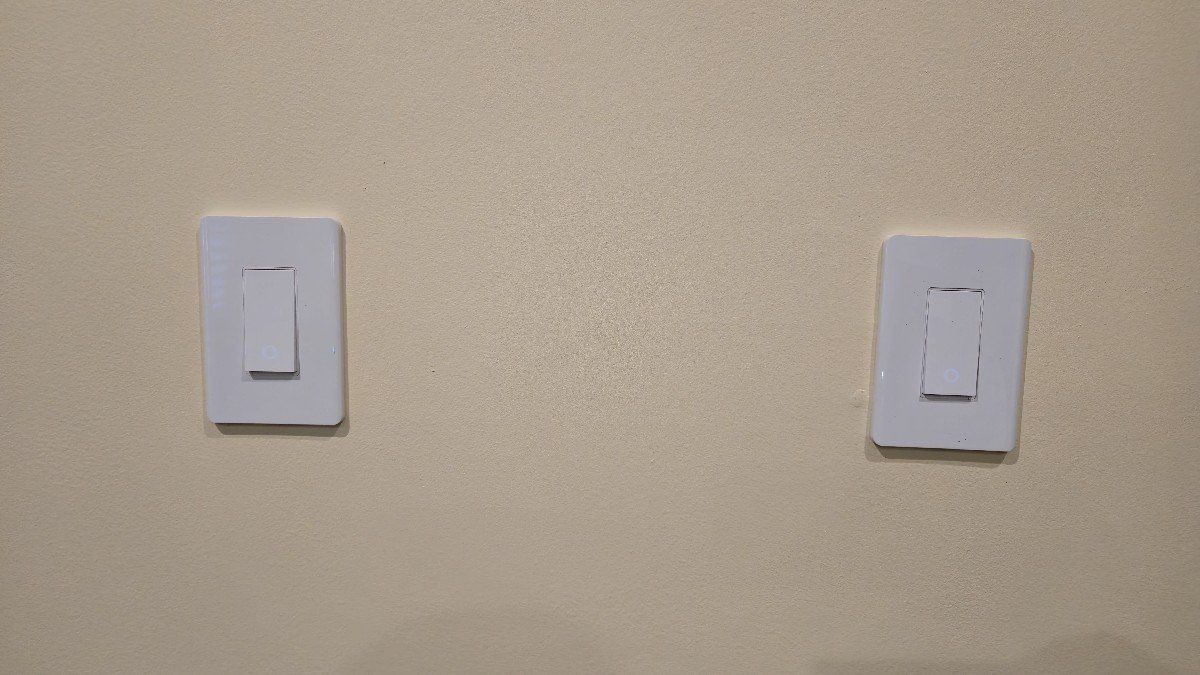
Keep up with new tech without filling the landfill
It’s difficult being a tech enthusiast who cares about minimizing our impact on the planet. Consumer tech operates on a cycle, with smartphones, computers, and video games being replaced every few years. It’s not a sign of progress to extend that same cycle to every aspect of our home, despite how many profits it could generate.
Matter is a means to make smart homes both ecologically and financially viable.
